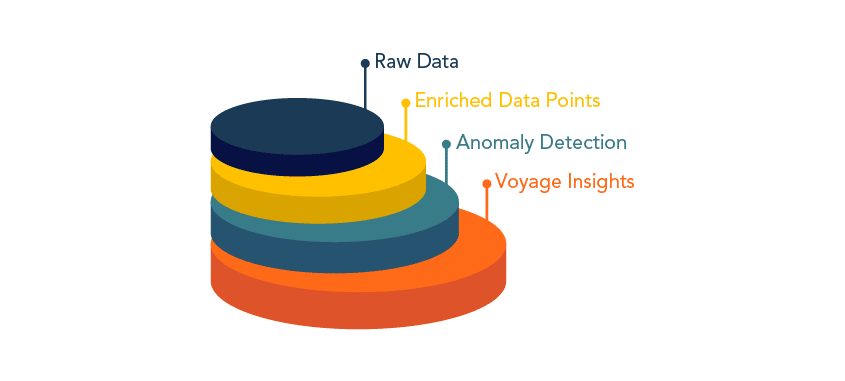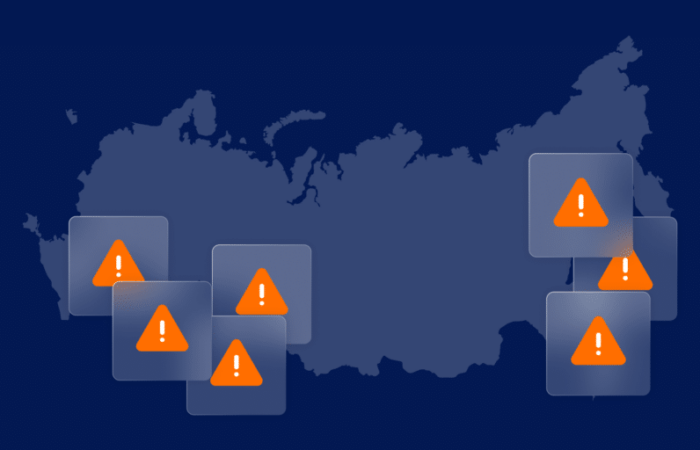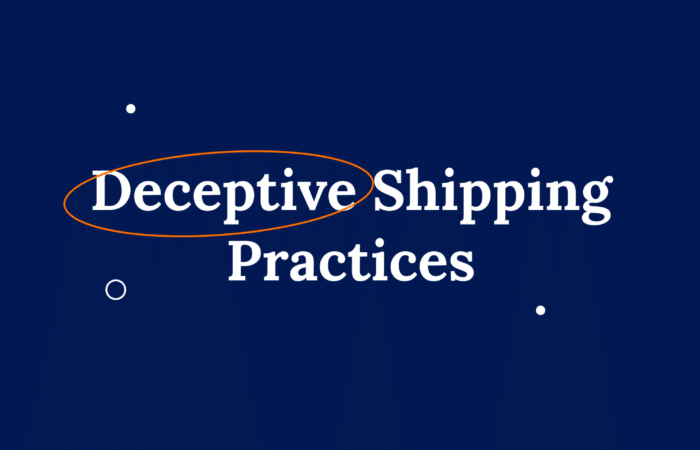What’s inside?
There are a lot of solutions out there that aim to help players across the maritime ecosystem measure and monitor emissions. But there is still a gap when it comes to data accessibility and visibility – both which are critical to drive real change. We sat down with our very own Benny Keinan, VP of R&D at Windward, to understand why with access to the right insights and technology, there is an incredible opportunity to accelerate decarbonization.
What is the state of decarbonization in the shipping industry?
Today, shipowners can look at noon reports, start collecting all of the numbers and get the total fuel consumption. From here, it’s possible to convert fuel consumption to emissions – it’s a pretty straightforward equation. This is an easy problem for shipowners to solve. But the problem with carbon emissions data is that while it is accessible to some stakeholders – it’s often limited to retrospective reporting. So the real challenge is in looking ahead. And of course, if you don’t have access to the noon reports, data visibility is a challenge of its own.
What is so challenging about prediction?
There are so many variables that can influence your fuel consumption, and when you’re talking about a future voyage, it can be almost impossible to predict what will happen. Perhaps there can be a storm, which causes you to divert your route. Or port congestion might add days to the original ETA. In the meantime, you are consuming more fuel than initially estimated. Speed is one of the most critical factors to control fuel consumption and carbon emissions. But figuring out the right speed is not as simple as selecting the official service speed of the vessel.
So how do you plan for that? It requires asking questions like what is the best route and optimal speed and why? What are the expected weather conditions? The scale at which you need to vet any number of possible conditions becomes simply unmanageable.
How do you overcome this challenge?
Data, data, data. More specifically – data that accounts for the operational aspects of each voyage. Operational activity is a major factor in the ultimate emissions emitted. Windward has millions of data points on vessel behavior, typical routes, and typical speeds – helping build an extremely accurate model that can create a precise picture of what factors contribute to the vessel’s fuel consumption. But understanding the data on a single vessel is not enough. The real difference comes when you analyze the data of the global fleet.
This allows us to understand how other vessels in the ecosystem influence the emissions of any single vessel. Vessel interactions are crucial to connecting the dots and creating a more holistic overview. So the larger the database of vessels and their respective fuel consumption, the more accurate we can be. Fuel consumption based on vessel type, cargo, ballast, and laden legs, all play a part in this.
By leveraging our best-in-class data sources, including enriched AIS data and satellite imagery, we can then provide more granularity and precision behind the vessel’s fuel consumption, and therefore, the emissions. The richer the data set, the better the predictions will be. Sharing data with a strong network of partners will play a vital role in that.
How can the right data boost decarbonization efforts?
Today it’s just not enough to know that a vessel will go from point A to point B – you need to understand how. For example, what is the expected weather at a given area at a given time? What are the different routes it can take? What will be the congestion at the destination port when the vessel is expected to arrive? Our AI models can account for these questions to predict the optimal voyage to reduce emissions.
We can also understand if there will be a regular route or something anomalous. Anamoly detection is essential to boost prediction capabilities – so that stakeholders can plan ahead and understand exactly when the vessel should leave port when it should plan to arrive at its destination, or what the ideal sailing speed should be. The applications are endless. It’s also important to say that a big game-changer is sharing this data with players across the ecosystem. Currently, there is a major gap in data accessibility, and this is something we hope to change. We can expect shipowners to take advantage of strong data to optimize their fleet, charterers to optimize voyage planning, and even trade finance teams and freight forwarders to gain insights across the global fleet.
What makes Windward different?
There are lots of tools out there. But a tool is just a tool. It comes down to not only the right data but a deep understanding of the entire maritime domain. That’s why we care about understanding the nuances of the ballast leg, cargo, sea conditions, etc. This is how you get a more holistic view of how anticipated events compare to actual events and how this impacts carbon emissions.
Multiple building blocks need to be in place to make accurate estimates. Raw data from various sources is one step. But on top of that, you need to add calculated, enriched data points. And then another layer of anomaly detection and further, insights on the status of the journey.

This is key to predicting, for example, how long the vessel will be at port. So it’s not only the raw data but aggregating in a way to extract meaningful insights. We can take these insights and deliver them in a seamless, automated way.
What does decarbonization mean for Windward?
Every building block we develop is just another way to expedite the next one. Our capabilities are growing exponentially, and the more data we have, the easier it will be for us to get to the next level, bringing more robust solutions to the market. We started ten years ago and progressively have done just that. This is just another step in that journey. Our goal has always been to leverage technology to solve the industry’s challenges – from sanctions compliance to maritime safety, security, and now decarbonization. We won’t be able to solve this challenge on our own, but there is a great opportunity for meaningful action with the right tools and collaboration. If you want to be part of this initiative, check out Windward’s Data for Decarbonization Program.
















